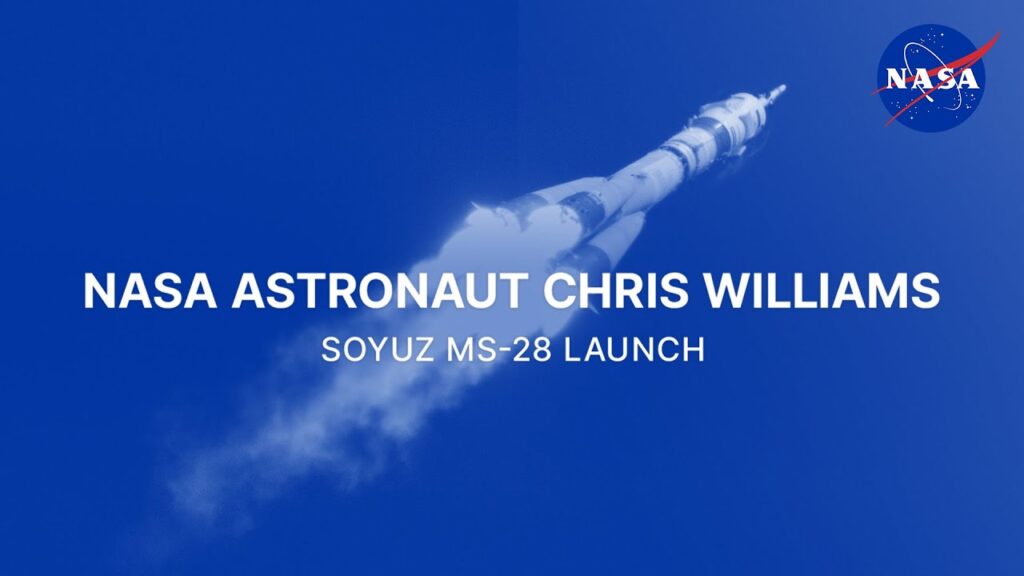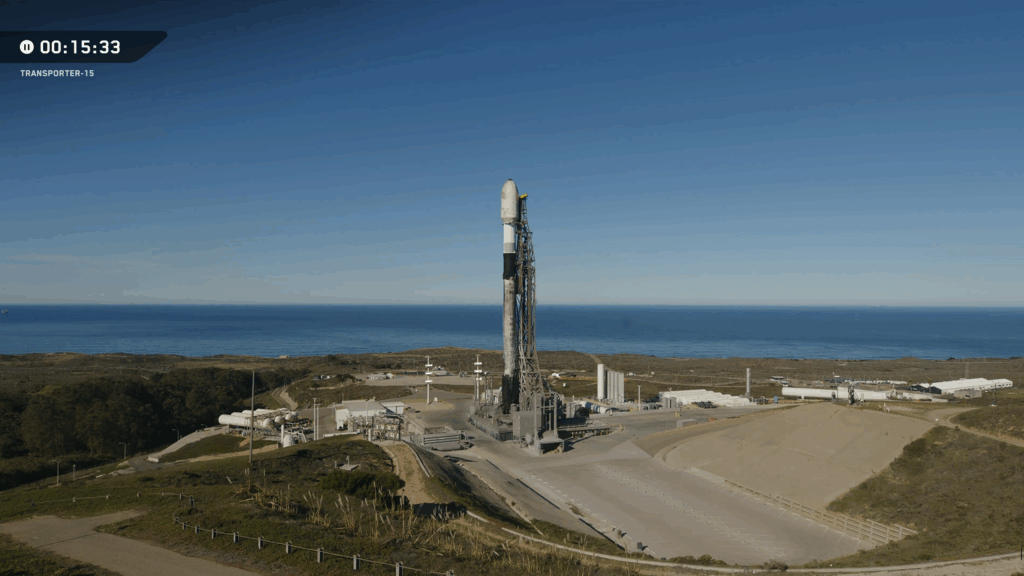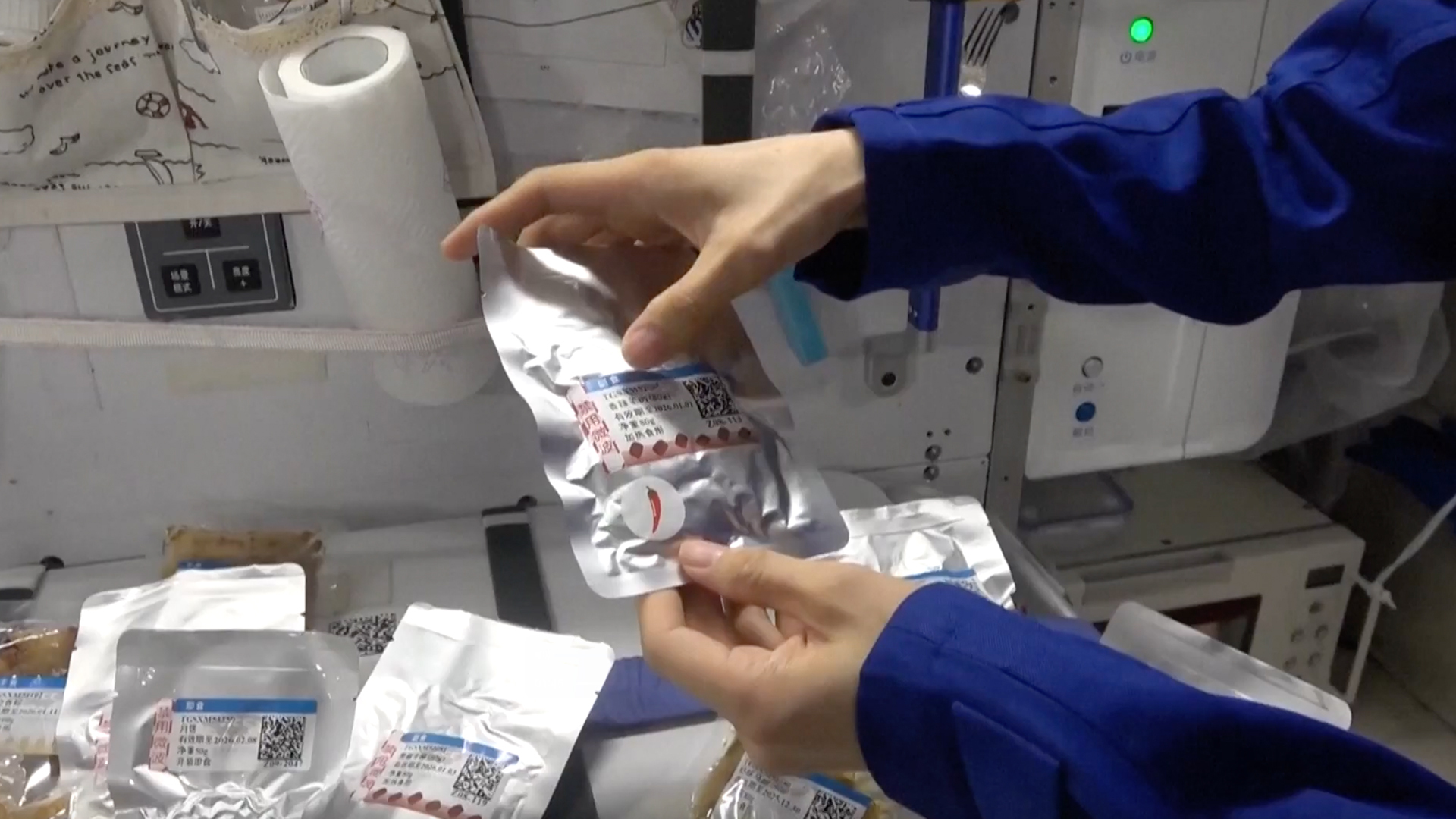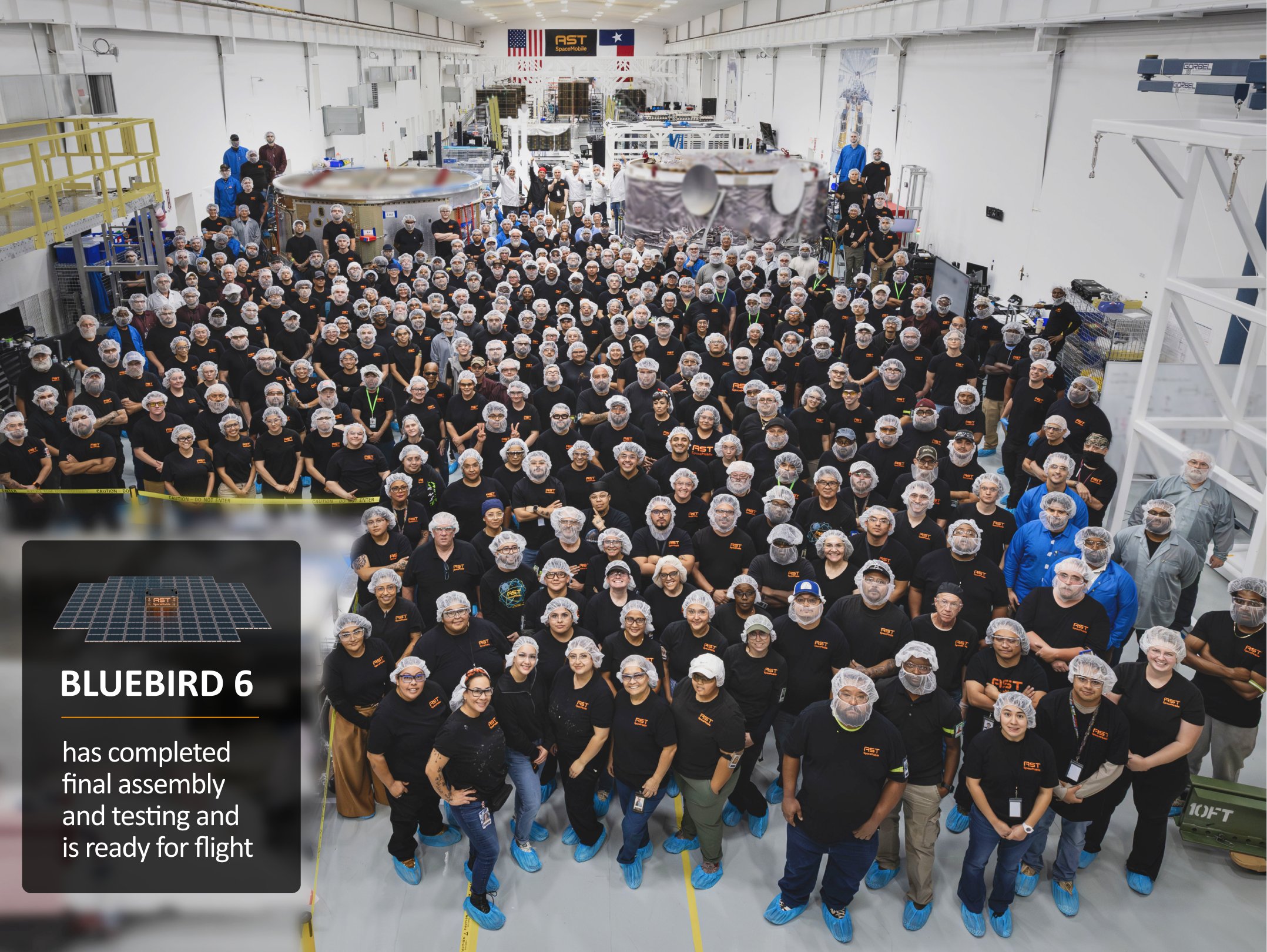Now Reading: Australian nanosatellite snaps 1st selfie in space before tracking cosmic gamma-ray bursts (photo)
-
01
Australian nanosatellite snaps 1st selfie in space before tracking cosmic gamma-ray bursts (photo)
Australian nanosatellite snaps 1st selfie in space before tracking cosmic gamma-ray bursts (photo)
Australia’s SpIRIT nanosatellite has snapped its first “selfie” from space, marking a successful start to its mission.
SpIRIT — formally known as the Space Industry Responsive Intelligent Thermal nanosatellite — is the first space telescope funded by the Australian Space Agency to carry a foreign space agency’s scientific instrument as its main payload.
Launched in December 2023 aboard a SpaceX Falcon 9 rocket, SpIRIT has now completed its commissioning phase, testing all its onboard systems, including its winged thermal management and deployable camera arm, which it used to take a “selfie” in space.
Recent images shared by the University of Melbourne show the satellite in orbit, confirming that its systems were deployed and are functioning correctly. The images include snapshots of the satellite’s thermal radiator, electric propulsion thruster payload, telecommunication transceivers and solar panels, which together highlight the innovative technologies developed for the mission, according to a statement from the university.
“SpIRIT is a complex satellite designed and built in Australia, with many components flying for the first time and hosting a scientific instrument contributed by the Italian Space Agency [ASI],” Michele Trenti, principal investigator and a professor at the University of Melbourne, which leads the mission in collaboration with ASI, said in the statement. “Now that SpIRIT has completed rigorous testing in space, we are confident it’s ready to commence the next phase of its mission, which is truly exciting.”
SpIRIT has logged over 600 days in orbit, during which it has circled Earth more than 9,000 times, travelling a distance comparable to a round trip between our planet and Mars.
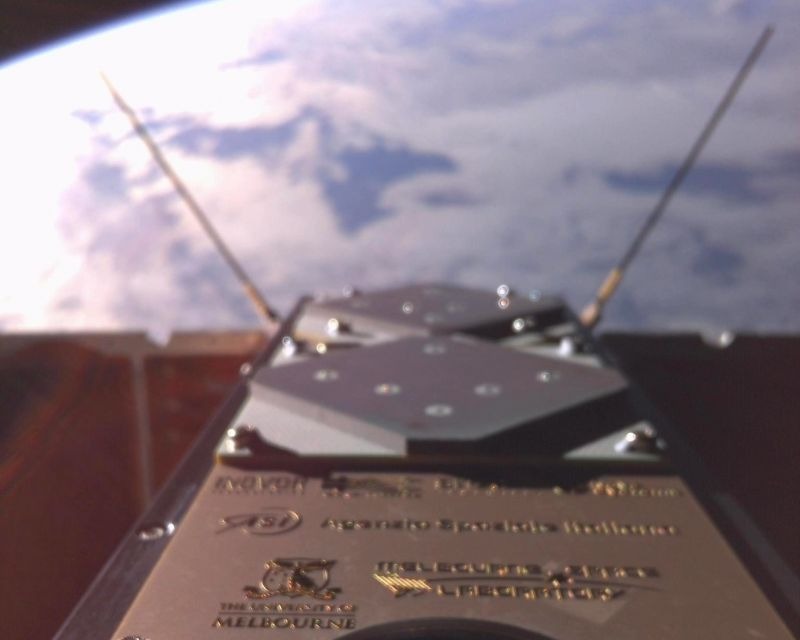
With this initial phase complete, SpIRIT is moving into its core scientific role: detecting gamma-ray bursts (GRBs). Using the HERMES X-ray prototype detector provided by the ASI, the satellite will look for signs of these cosmic explosions, which are generally unpredictable and difficult to spot, resulting from stellar collisions or supernovas. SpIRIT will therefore act as an early warning system for astronomers around the world to investigate further.
“The SpIRIT mission has demonstrated the capability that exists within the Australian space sector — from building the satellite and testing new technologies in orbit and on ground, to hosting international science payloads and successfully completing its initial phase,” Enrico Palermo, head of the Australian Space Agency, said in the statement.
SpIRIT has already shown early success, detecting the Crab gamma pulsar after only 700 seconds of observation. It still has a long mission ahead, with more than 1,000 days expected in orbit.
Stay Informed With the Latest & Most Important News
Previous Post
Next Post
-
 012024 in Review: Highlights from NASA in Silicon Valley
012024 in Review: Highlights from NASA in Silicon Valley -
 02Panasonic Leica Summilux DG 15mm f/1.7 ASPH review
02Panasonic Leica Summilux DG 15mm f/1.7 ASPH review -
 03How New NASA, India Earth Satellite NISAR Will See Earth
03How New NASA, India Earth Satellite NISAR Will See Earth -
 04And Thus Begins A New Year For Life On Earth
04And Thus Begins A New Year For Life On Earth -
 05Astronomy Activation Ambassadors: A New Era
05Astronomy Activation Ambassadors: A New Era -
06SpaceX launch surge helps set new global launch record in 2024
-
 07Space Force plans new ‘Futures Command’ amid pressure to speed up modernization
07Space Force plans new ‘Futures Command’ amid pressure to speed up modernization












